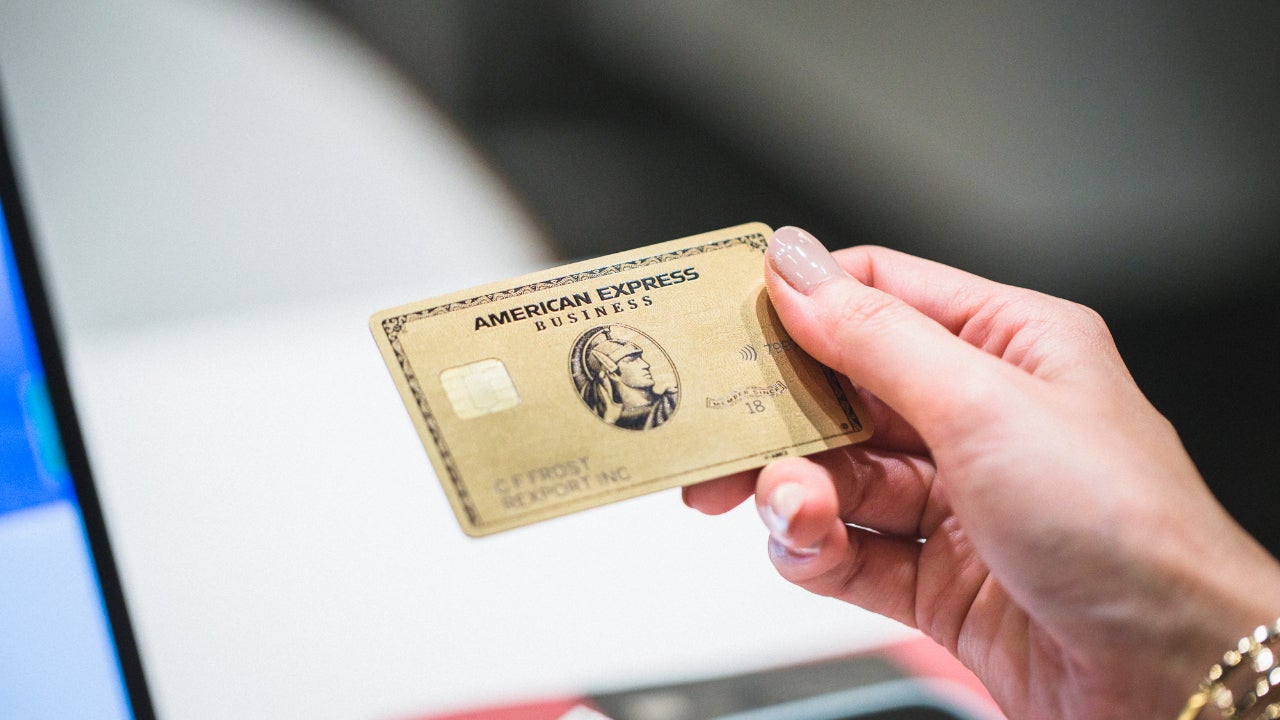Dun & Bradstreet rating guide




Key takeaways
- Dun & Bradstreet is a business credit rating agency that assigns ratings to businesses in order to signal the creditworthiness and financial well-being of those businesses to future creditors, lenders and vendors.
- Your business credit rating is based on information like your business’s track record of on-time payments, its business structure and the likelihood of it defaulting on loans and credit.
- It’s a good idea for businesses to keep track of their rating and take steps to improve it for the strongest terms and rates on future business.
If you’re a business owner, it’s likely that when you applied for financing or leasing a property, the bank or leasing agency checked your business’s Dun & Bradstreet (D&B) rating. Dun & Bradstreet is a company that gives potential investors or financiers insight into a business by providing a score of its creditworthiness — similar to how other credit bureaus provide consumers with personal credit scores.
If you own a business, you should keep an eye on your D&B rating to ensure your score reflects good standing, because just like with personal credit scores, a low rating can affect future business deals. Here’s what to know about this important business credit rating:
History of Dun & Bradstreet
Knowing the origins of the D&B rating can help you understand their purpose today.
Dun & Bradstreet, originally known as Mercantile Agency, was founded in 1841, according to their website. The company had the mission to create a network that could provide reliable information about businesses and their credit. As they opened more offices and expanded, they began hiring professional credit reporters to add more legitimacy and insight into their network.
In 1849, a competitor company — the John M. Bradstreet Company — arrived on the scene and heavily pushed the idea of providing businesses with credit ratings.
In 1933, the two companies put their intense rivalry to an end by merging to become the Dun & Bradstreet known today. After the merger, the Data Universal Numbering System (D-U-N-S) was created, and the company began leaning much more heavily into their services and analytics. Businesses that work with D&B can not only get a credit rating from them, but also a variety of business solutions and services.
What is the D&B rating?
A Dun & Bradstreet credit rating is a score that indicates the financial stability and creditworthiness of your business.
These scores come from all of the information that D&B complies on individual businesses. Seeing a D&B rating helps financial institutions decide whether to extend credit, financial support or even supplies to a business, whether it’s for investment purposes, business loans, small business credit cards, long-term lease agreements or equipment financing.
A D&B rating is broken down into two segments in an attempt to provide accurate and fair information on a company’s financial strength and composite credit appraisal, according to their credit rating overview. Those segments are:
- Financial strength: This reflects a company’s size based on information the business provides to D&B. Scores range from 5A for companies with more than $50 million in net worth to HH for companies with a net worth of under $5,000.
- Risk indicator: This is a composite credit appraisal that shows a company’s creditworthiness on a rating scale of 1 to 4, where 1 is considered a high score and means “minimal risk” and 4 is considered a limited score and means “high risk.” This indicator factors in a business’s history of making trade payments, years in business, number of employees and legal structure, as well as negative information about the firm.
Why does a D&B rating matter?
A Dun & Bradstreet credit rating matters for several key reasons, particularly for businesses:
- Access to more favorable credit and financing: A strong D&B rating may increase the likelihood of better loan terms, higher credit limits and lower interest rates, ultimately improving a company’s access to capital.
- Supplier relationships: Suppliers often rely on D&B ratings to assess the financial health and reliability of their potential customers. A positive D&B rating can facilitate better terms, such as favorable payment terms and access to priority inventory or resources, strengthening a company’s supply chain relationships.
- Business opportunities: A favorable D&B rating can open doors to new business opportunities, including partnerships, collaborations, and contracts. Certain business partners or clients may require a specific D&B rating as a prerequisite for engaging in commercial relationships, making a strong rating a valuable asset for pursuing growth and expansion.
- International trade opportunities: In context of international trade, a D&B rating can provide valuable insights into the financial standing and stability of overseas partners, suppliers, or customers. This can be especially important when conducting business in unfamiliar markets, helping to mitigate risks associated with cross-border transactions.
How D&B generates a business rating
Dun & Bradstreet generates credit ratings and scores based on information provided by your business, as well as lenders and suppliers, which report your payment information to D&B. D&B also looks at public records related to your business, such as regulatory requirements or business tax reports.
If you aren’t able to submit a financial statement to D&B, the agency will calculate a limited rating without it — but providing accurate and comprehensive information about your company is the only way to receive a coveted 1 score. That information is used to calculate the main types of D&B credit ratings assessed by potential business investors, lenders and vendors.
Types of D&B credit ratings
D&B reporting includes various credit ratings, reports and recommendations that determine a business’s overall creditworthiness to future creditors and vendors. Here’s a general overview of each:
| D&B rating/report name | Score range | Description |
|---|---|---|
| PAYDEX Score | 1-100, with 1-49 considered high risk. | This score measures your company’s ability to pay your debts using information from the previous two years. Businesses that are considered high risk are signaling to future creditors, investors or vendors that they might have trouble repaying their business debts. To be eligible for the best loans and strong credit ratings, your business should shoot for a score within the 80 to 100 range. |
| D&B Delinquency Predictor Score (DPS) and D&B Failure Score | 1-5, with 1 being the lowest likelihood and 5 being the highest | These ratings predict the likelihood of your business defaulting on payments or experiencing financial stress in the next 12 months. |
| D&B Maximum Credit Recommendation | N/A | This report is useful for financial institutions or banks wishing to extend credit to a business, such as extending terms for stock purchases. It calculates a recommended credit limit a business can extend to a new business customer. |
| D&B Supplier Evaluation Risk (SER) Report | 1-9, where 1 is the lowest risk | Businesses that rely on suppliers for stock want to know their supply is secure and can continue without interruptions. This report digs into the supply chain to help determine whether a supplier is at risk of going out of business within the next 12 months. |
What impacts my business D&B rating?
Many factors can affect your D&B rating, including:
- Changes in your business’s finances or payments. Positive changes could be an improvement in how your business is maintaining payments, while negative changes are a history of late or skipped payments.
- Potential legislation. The documentation you provide to assess your business’s standing might reveal potential legal issues, which can affect your business’s rating.
- Not providing documentation at all. While it’s not necessary to provide documentation, your business can only reach a maximum rating of 2 without it.
- Maxing out your credit. Maintaining regular payments on your loan products is not enough. It’s also important to keep your borrowing within acceptable limits to avoid maxing out your lines of credit.
How to obtain D&B credit scores
The first step to get a D&B rating is to create a D-U-N-S number — which you can request online. This number allows you to build your score. In some cases, you might find that your number has already been created for you based on searches by your suppliers, clients or lenders.
Once the D-U-N-S number is created, you can establish your business credit file and sign up for CreditSignal, which alerts you when there are changes to your score. Full reports are behind a paywall, which requires you to sign up for one of the packages.
How to improve my business’s D&B rating
Here are a few ways you can potentially boost your D&B rating:
It’s important for you to know what credit bureaus and similar agencies are saying about your business. The fastest way to get a breakdown of your standing is by reading your D&B credit reports. If you find any errors, report them to D&B immediately.
The bottom line
Dun & Bradstreet has a long history as a credit rating bureau that focuses solely on businesses. A D&B rating is important for both small and large businesses in that it can directly affect the terms you get on future financing and business contracts, affecting your prospects for growth and progress. Keep an eye on your score and take steps to maintain or improve it to stay on the best terms for your business dealings.
Learn more: How to build business credit





